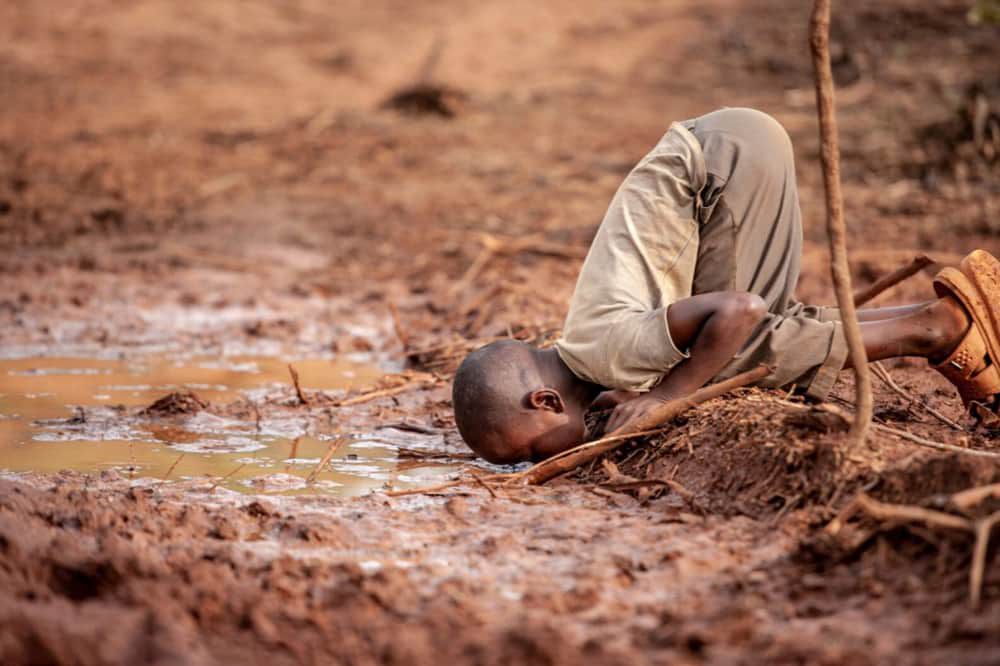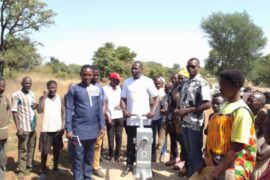Access to clean and safe drinking water is central to human health, economic productivity and overall social wellbeing. Yet across many African countries, this essential resource remains difficult to secure.
The World Population Review’s water quality rankings, which draw on the Environmental Performance Index (EPI) drinking water indicator, highlight how uneven access to safe water is across the continent.
These rankings show where the burden of disease linked to unsafe water is most concentrated and where communities continue to face the greatest challenges in securing clean water for daily use.
To appreciate the seriousness of the situation, it is useful to compare the lowest performing African countries with some of the best ranked nations worldwide. Countries such as Germany, the United Kingdom, Switzerland and Finland all record perfect EPI drinking water scores of 100.0.
These nations demonstrate what strong regulatory systems, advanced treatment infrastructure and sustained investment can achieve. Norway and Iceland also sit near the top, with Norway at 99.9 and Iceland at 99.4. Their high performance reflects reliable systems that protect public health and guarantee continuous access to safe drinking water.
ALSO READ: Top 10 Countries in Africa with the Safest Drinking Water: 2025 Rankings
The African countries at the bottom of the rankings face a very different reality. In many of these countries, a large share of the population depends on unprotected wells, untreated surface water or informal supply systems that are easily contaminated.
Structural barriers complicate the situation further. These include inadequate treatment infrastructure, pressure from rapid population growth, climate related stress on water sources and financial limitations that slow the expansion or maintenance of reliable water networks.
Rural communities are especially affected, although low income urban areas also struggle when water systems cannot meet demand.
ALSO READ: Top 10 Countries in the World with the Lowest Foreign Exchange and Gold Reserves in 2025
Unsafe drinking water has wide reaching consequences. It contributes to preventable diseases, reduces life expectancy and places additional pressure on health systems that may already be overstretched.
Children are particularly at risk, since waterborne illnesses remain a leading cause of sickness in many low resource environments. Poor water quality also affects education and productivity because time spent searching for water or recovering from illness limits opportunities for work and learning.
The stark contrast between the highest scoring nations and the lowest ranked African countries reinforces the importance of investing in water safety. Countries with the safest water benefit from long term planning, robust oversight and well funded infrastructure. Meanwhile, the nations with the least safe drinking water require substantial support to upgrade facilities, improve monitoring and strengthen long term resilience.
ALSO READ: 2025 Internal Security Services Recruitment: All You Need to Know About the New E-Portal
This article presents the top ten (10) African countries with the least safe drinking water, based on the EPI drinking water measure used by the World Population Review.
10 Countries in Africa with the Least Safe Drinking Water
|
Rank |
Country |
EPI Safe Drinking Water Score |
|---|---|---|
|
1 |
Chad |
4.6 |
|
2 |
Central African Republic |
9.2 |
|
3 |
Lesotho |
9.8 |
|
4 |
Niger |
12.8 |
|
5 |
Madagascar |
13.5 |
|
6 |
Nigeria |
14.5 |
|
7 |
Burkina Faso |
16.3 |
|
8 |
Eritrea |
16.6 |
|
9 |
Burundi |
17.5 |
|
10 |
Malawi |
17.8 |
Discover more from Ghana Scoop
Subscribe to get the latest posts sent to your email.


